Fifty Shades of White - Shade Taking in Dentistry
There's one thing that as an undergraduate I really struggled with - Shade taking. Sometimes you can't always rely on your lab to take a shade. Here are some of the key principles of shade taking.
What makes up shade?
Hue - colour e.g. blue, yellow, orange
Chroma - saturation of the colour
Value - brightness of the colour, i.e. how much grey there is
When taking shades, the most important component is VALUE which you should take from the mid 1/3 of the tooth, take the hue from the cervical 1/3.
Vita Shade Guide
When you take the shade from the vita guide, instead of having the tabs in the order of As, Bs, Cs and Ds; arrange in order of value
 |
| The Vita Guide arranged in order of value |
Each of the letters have different hues:
A - Orange
B - Yellow
C - Grey
D - Brown/Grey/Orange (most translucent)
Taking shades with the Vita guide does not take into account metal cores for bonded crowns or the porcelain opaquer. To decrease the brightness, you could reduce the value by mixing the grades as follows:
A1 - 80% A1, 20% C2
A2/B2 - 70% A2, 30% C2
A3.5/B3.5 - 70% A3.5, 30% C3
A4/B4 - 70% A4, 30% C4
For C grades, there isn't a need to mix the proportions as above.
Tips for shade taking
- Sit the patient upright when shade taking
- Take any of the patient's lipstick off
- Place the tab parallel to the tooth
- Hydrate the tab
- Use a light correcting lamp
- Move the shade guide from left to right. Rather than finding similarities in shade, eliminate tabs
- Your cones that detect colour tire quickly, so look at each tab for maximum 5-7 seconds
Opalescents (effects)
Some effects that you need to take note of:
- Mammelons
- Combs
- Windows
- Stains
- Cracks
- Snowflakes
Draw out the tooth on the lab docket (before you prep it!), draw out any effects like the ones above as well as the strongest chroma, the highest value and the enamel colour.
Still struggling?
Still not sure or if it's a single anterior tooth (the most difficult situation), then you may want to get help from the lab.
Either send your patient directly to the lab for shade taking, or take clinical photographs to send (pre-op as well as the preps and take with a couple of different shade tabs in the shot).
I hope that clears up a few things when taking shades! Please leave any questions or comments in the section below!

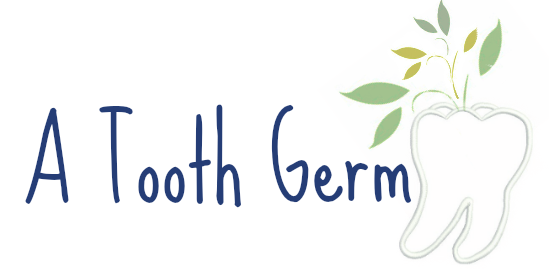



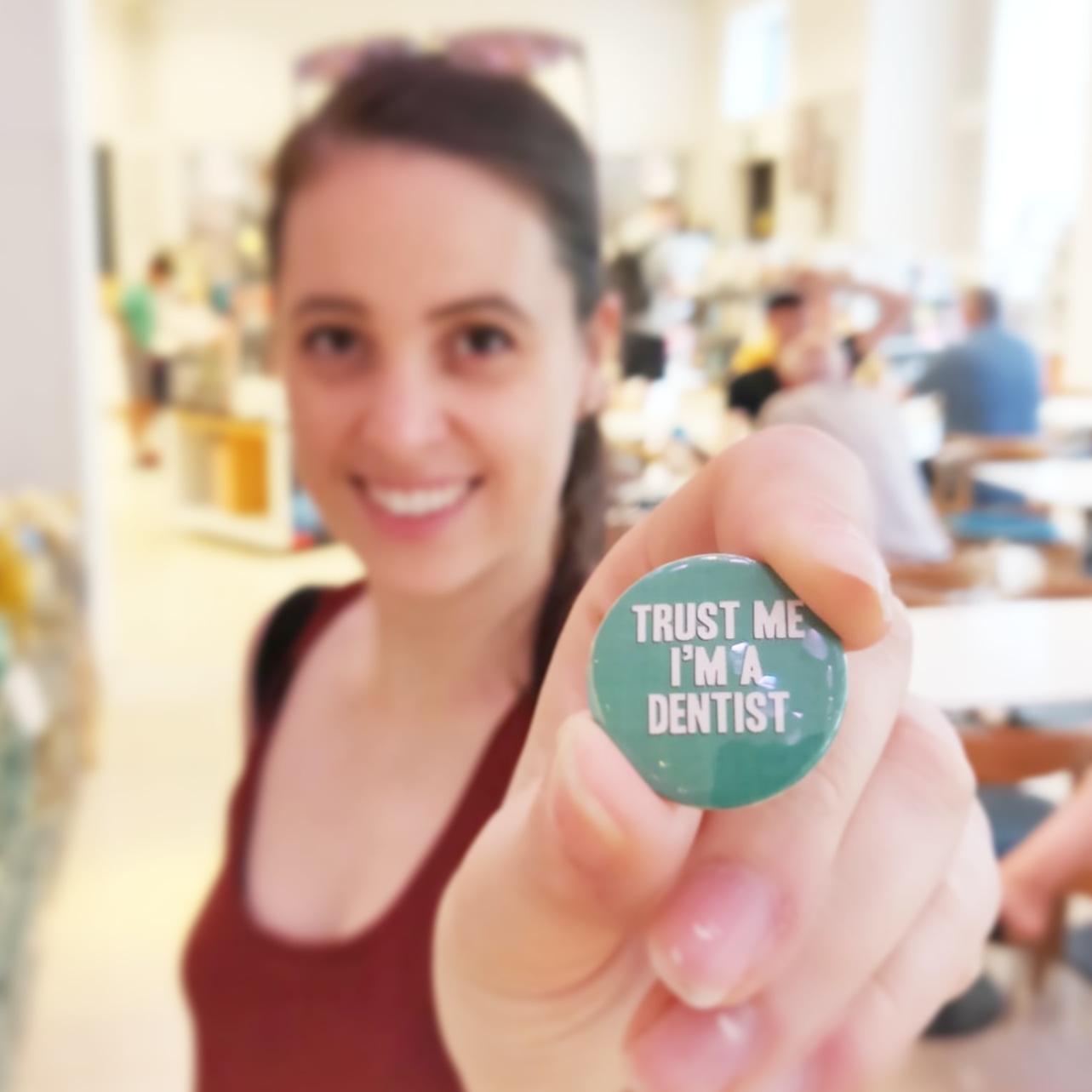





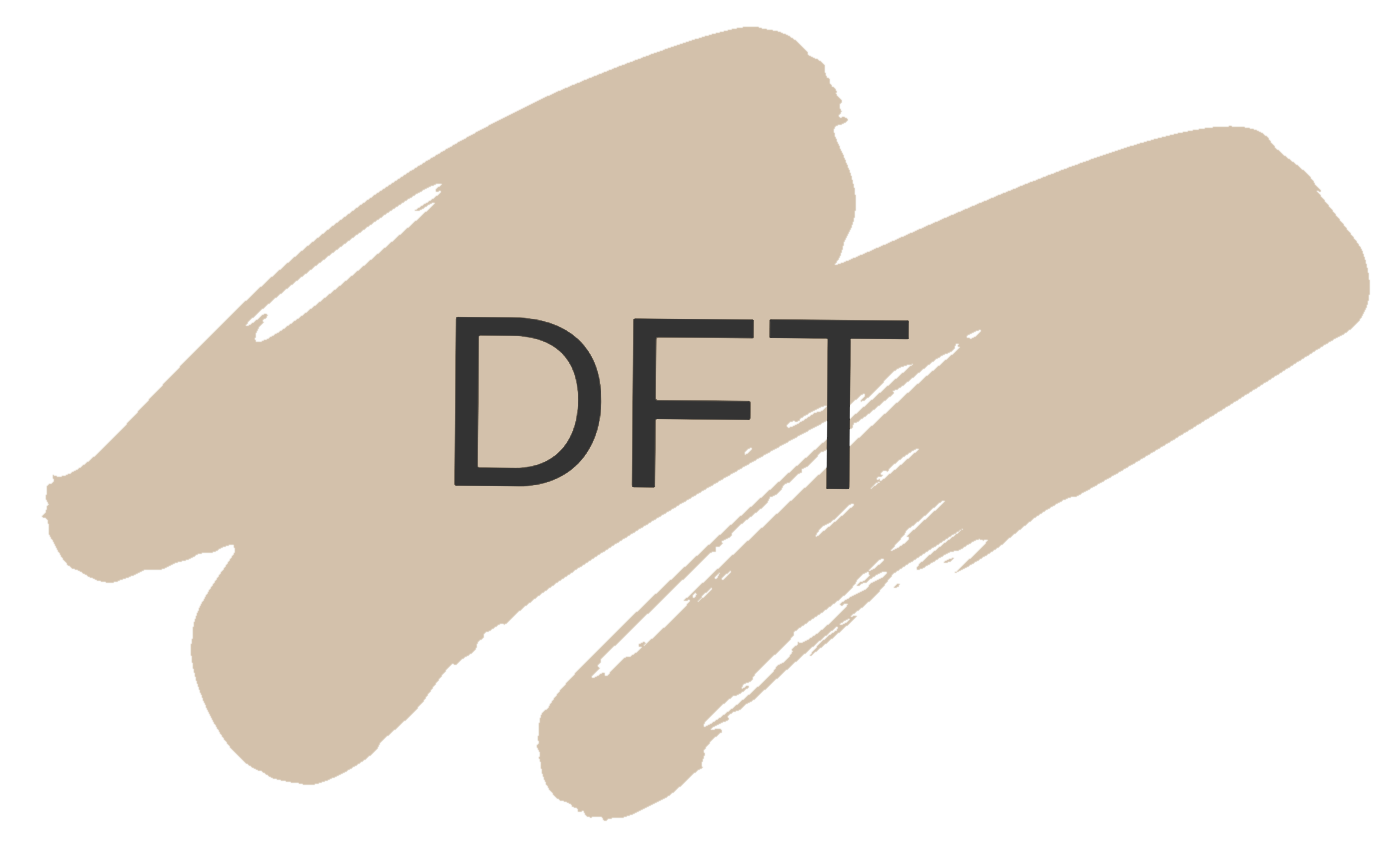

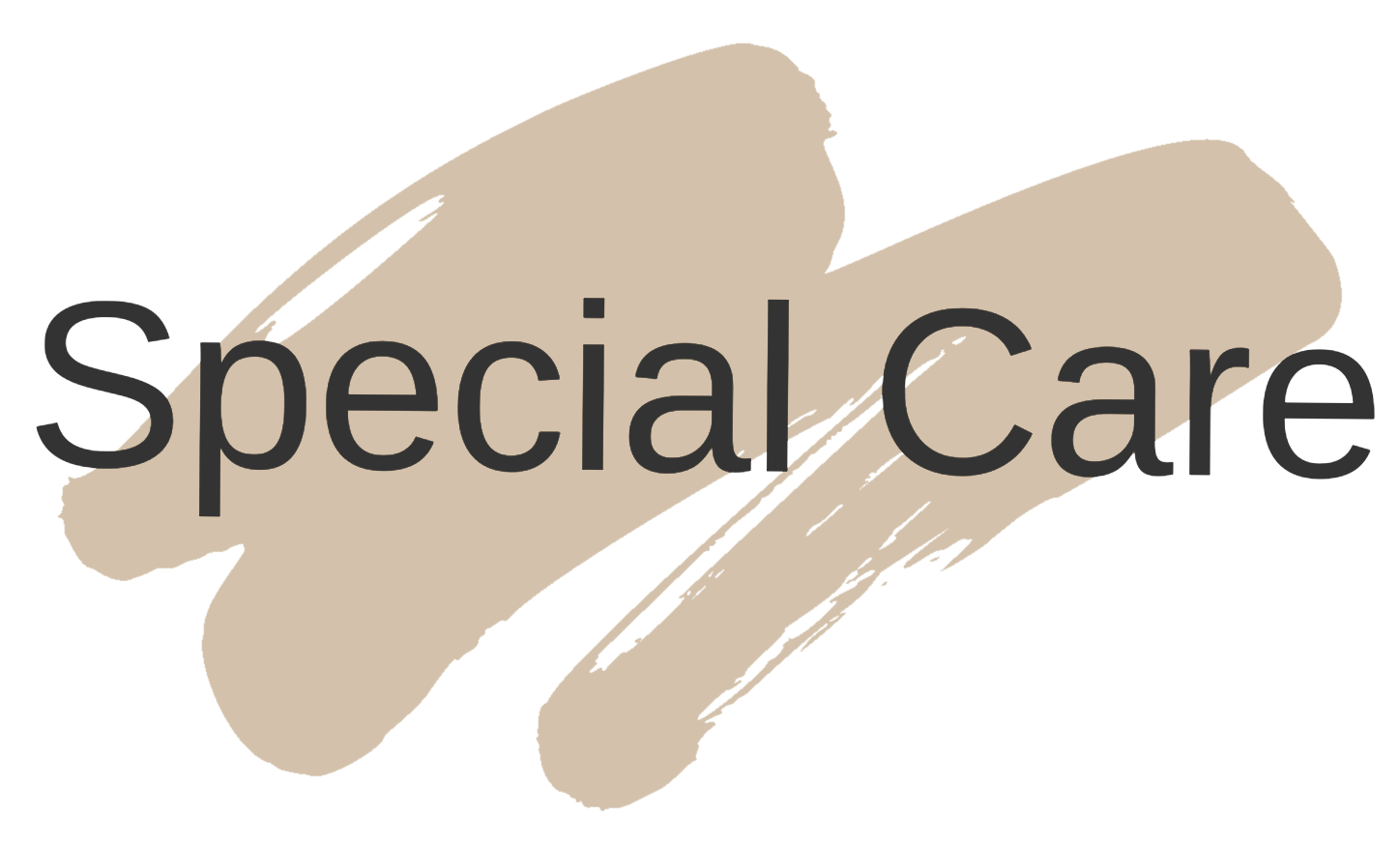
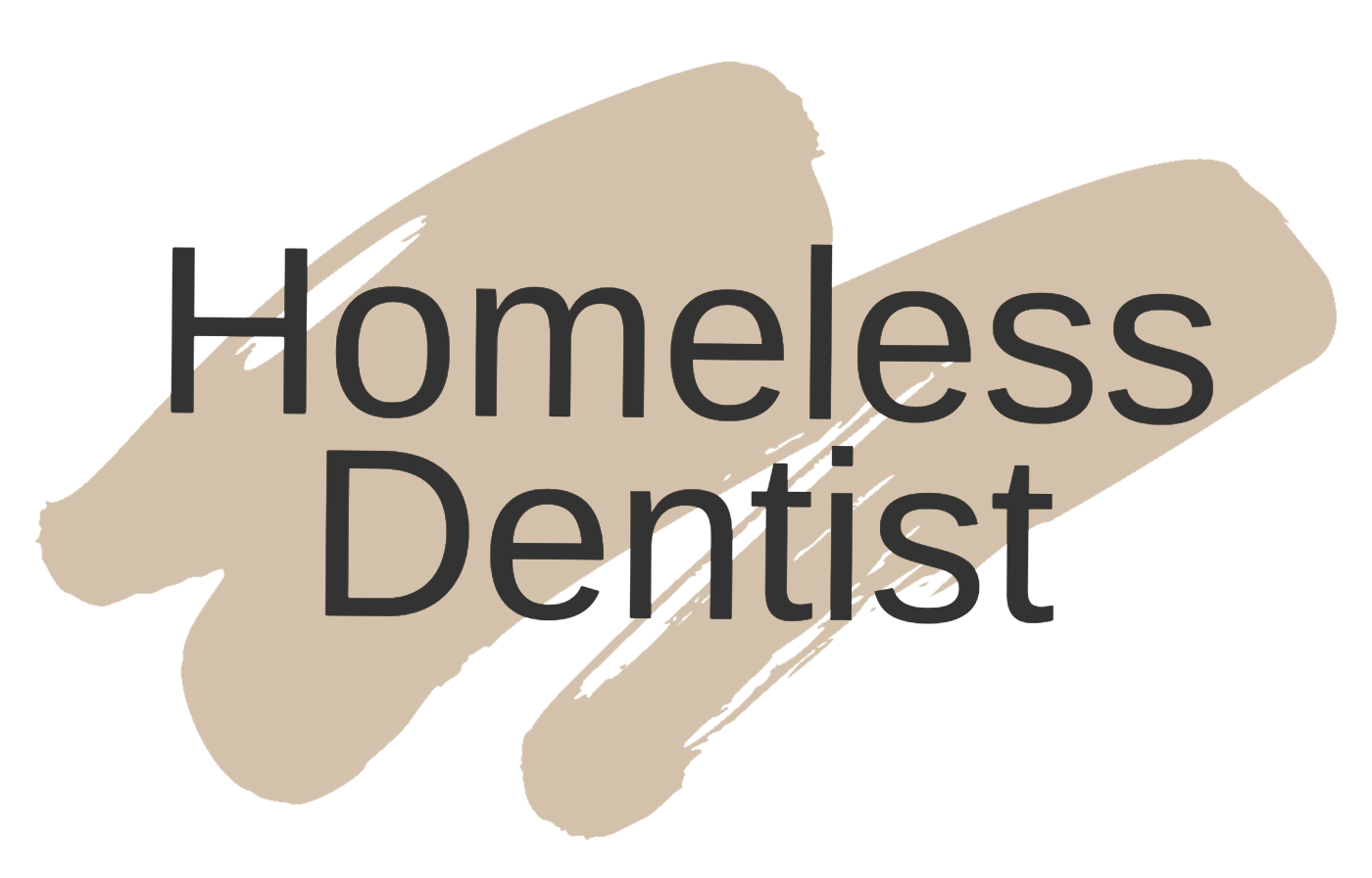




0 comments